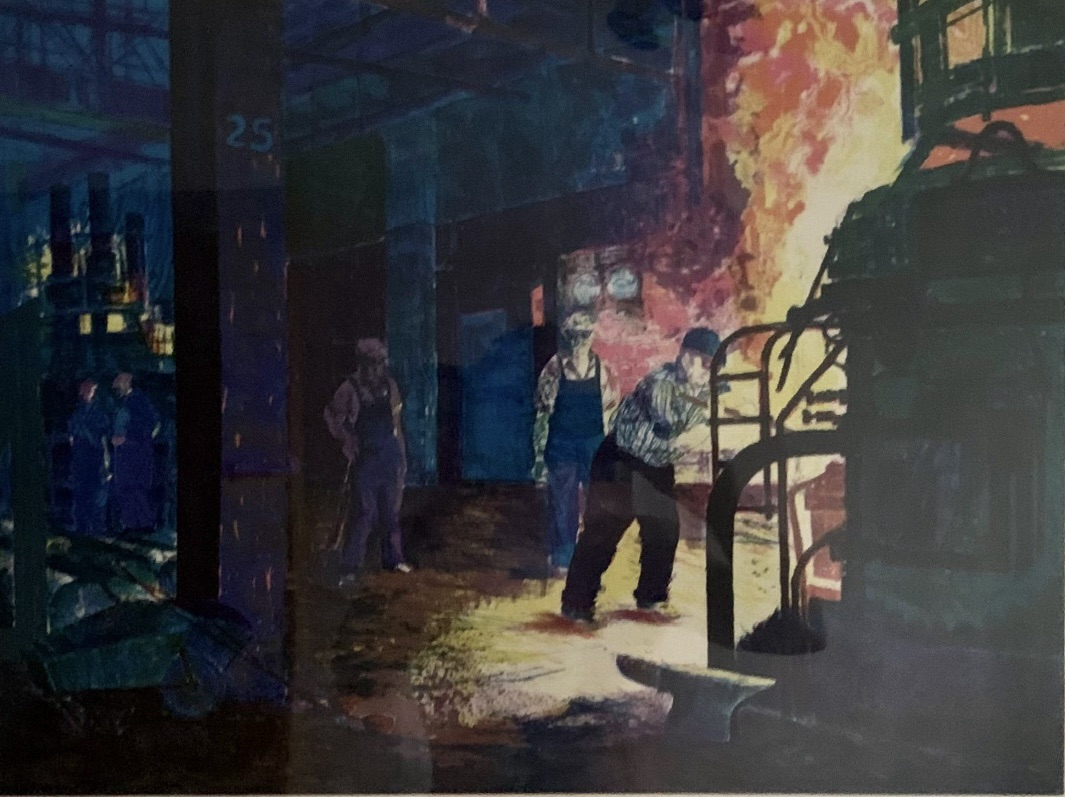Curiouser and curiouser? Alice in Wonderland

By John Atkinson
Consultants do love their models. They’re seductive. LinkedIn is an endless stream of people showcasing some framework that offers the world an answer. The egotistical even put their names to them. I too find these models and frameworks fascinating. After decades of consulting, I enjoy looking at each ‘new’ solution to see the foundations upon which it is built. Almost invariably they aren’t acknowledged.
Although such models and frameworks invariably inform my work, they are never what makes me tick. They are also rarely what leads me to progress. Instead, I am driven by a quite specific curiosity. Something I learned from my father.
Working as a steelworker in the mills in Sheffield during the 1950s, he was fascinated by how steel got made. There was an element of understanding the chemistry and of the engineering solutions that brought that chemistry to scale. And there was also a human element. How do people organise themselves to make steel? Some of that was company procedure and practice. The necessary organisational structures put in place to get stuff done. But stuff got done in other ways too, sometimes despite these formal approaches. There was a whole informal culture of how the men (it was just men in those days) on the shop floor interacted in getting steel made. Why was the gantry man, perched high above the furnaces in their pulpit, operating the crane, seen as in some way superior? Why were they always a somewhat ‘different ‘character?
My curiosity about my father’s work, connecting with Marv Weisbord’s book on ‘Productive Workplaces’, led me to the work of Trist and Bamforth from the Tavistock Institute. In 1951, slightly earlier than my father’s time in Sheffield, they published a paper on Long Wall mining in the North Derbyshire coalfield, a neighbouring part of England. As you might expect from the Tavistock at this time there is much reference to ‘Psycho-Social Systems’. But the heart of the paper is an in-depth of observation of how coal got mined. How do shifts relate to each other? Who takes responsibility, if anyone, when things turn out amiss? All the things that really determine how well coal got dug.
And this for me is the foundation of how I work. During the Covid pandemic I advised Sir David Nabarro, Special Envoy for the World Health Organisation’s Director General. In advance of meeting with a national government lead, I undertook to determine what was really happening around that country as spikes of infections led to surges and significant outbreaks. Spending time exploring with Public Health leaders in numerous locations not the data, but what was observable on the ground revealed a pattern. From the pattern we could describe the story of an outbreak and identify precisely what was needed to limit such outbreaks quickly and with minimum harm. The government lead described it as the clearest and most helpful description they had heard.
Such insight came not from a model (although I am conversant with many) and not from ‘performance’ data and not from any knowledge on my part as to how best to respond to epidemics. It came from curiosity into what was really going on. What was known but not heard? What was there to be seen if you could only look in the right places? What pattern does connecting differing perspectives and experiences reveal? Insight comes from openly enquiring with curiosity. Not following a pre-determined path as to what good looks like. If you know that and it works, just do it. But in a novel or recalcitrant environment, you don’t know. Or you, or your predecessors, would have solved things long ago.
Consultancies might proclaim to follow this process, but they rarely do. It is an extraordinarily hard thing to sell. You don’t know where curiosity will lead, or how, or even if it will be helpful. Over time, the insights from working this way have been exponentially changing, but there are circumstances where nothing worked. It is a risk to engage in this way. That is a risk too far when a consultancy can churn over the cash register by simply following ‘the model’ or importing supposedly best practice from another environment.
The delightful thing is that once an organisation sees these insights for themselves, almost any model can work if it helps people tell their story more clearly. George Box said that ‘all models are wrong, but some are useful’. Any model is an attempt to present a pattern that is observable. A curious person is always asking how faithfully the model represents that pattern. Or whether it needs to be adjusted. When we are using models, as we all must, and we understand where our models come from and are curious enough to observe how they really work, we can find joy in their adaptation. What makes them useful is their fitness for circumstance. Without a curiosity that leads you to adapt to what helps, you can do more harm than good.